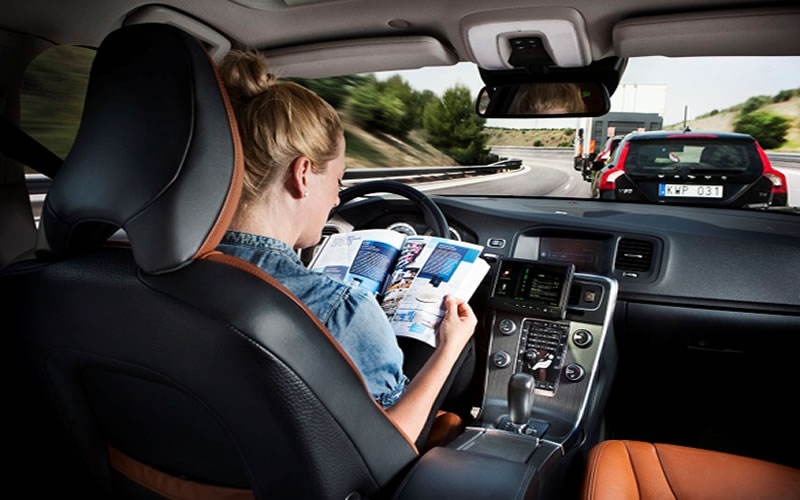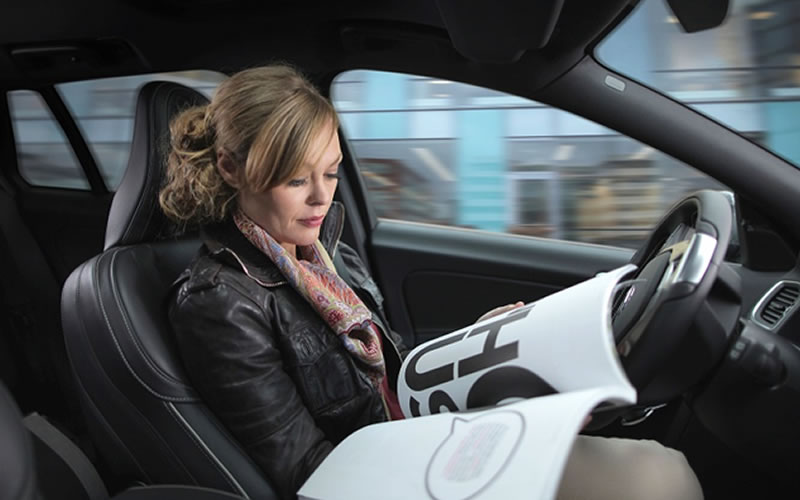Self-driving cars could be a big inclusion for citizens in America in the near future. At the end of 2013, four U.S. states have already enacted actual laws addressing autonomous vehicles. Although many potential problems like the need for highly specialised maps and current road infrastructure tweaks still linger, there is no denying the progress that self-driving cars is enjoying.
Additionally, in 2013 and 2014 respectively, the United Kingdom and France have permitted the testing of autonomous cars on public roads. This really speaks of the benefits that they could offer to the general public, an impressive prospect considering how even the concept alone surrounding these vehicles is still in active development.
The question arises: why isn’t Asia following suit? It shouldn’t come to anyone’s surprise, as most car manufacturers advocating autonomous vehicles are German or American. In Asia, a vast majority of cars are Japanese, but the horizon for these Japanese manufacturers, like Toyota and Subaru, do not include self-driving variants of current models. Nissan is the only Japanese company to have ambitions of providing self-driving capabilities, albeit only on multi-lane highways as of writing.
But just ponder about how fatalities on roads would significantly decrease, even if accidents won’t be completely eliminated altogether. Productivity in the car would increase as well. What about actually focusing on cleaning up the mess your toddler made in the back seat? All of it possible now with self-driving cars.
There is a clear implication that expenses going towards car crashes will be greatly decreased. Car crashes are by far the most expensive business on the road, but Asian tax payers would no longer be contributing to expenses amounting upwards of billions. Say goodbye to Traffic violation fines as well, particularly those that surface from speeding, red light violations, illegal parking or drunk driving, along with dreaded breathalyser tests.
Even the Asian roads would be greatly impacted, with better car flow, as self-driving cars talk among themselves to eliminate speed fluctuations. This is especially applicable to Asian countries as they have the lowest accident rates in the world. Everyone would still benefit from non-congested road conditions should self-driving cars come to past.
Of course, governments, among others, would loathe the idea of autonomous vehicles, as revenue from fines and added taxes from car accidents become less of an income source for them, but for the sake of overall road safety, it is clearly time for Asia to enter the market.
Even if the first step means simply legalized testing on public roads.


